Free cutting steels are steels with low machining cost due to chips broken when subjected to fast chipping process. Thanks to its easy machinability characteristics, these steels are defined as the most suitable for machining processes such as longitudinal and face turning, toothing, drilling, reaming operations that are performed in multi spindle and revolver turning lathes. Machinability capability becomes more of an issue among the characteristics desired from steel materials. During production stage, high cutting speeds and associated processing time, useful life, good surface quality, lower cutting forces are directly dependent on material quality, along with other factors.
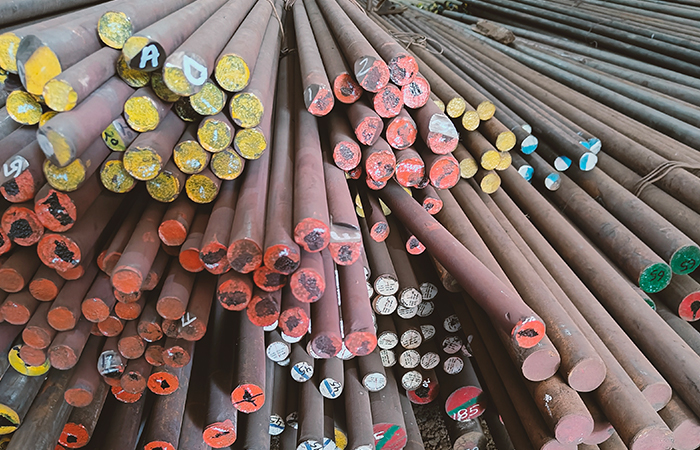
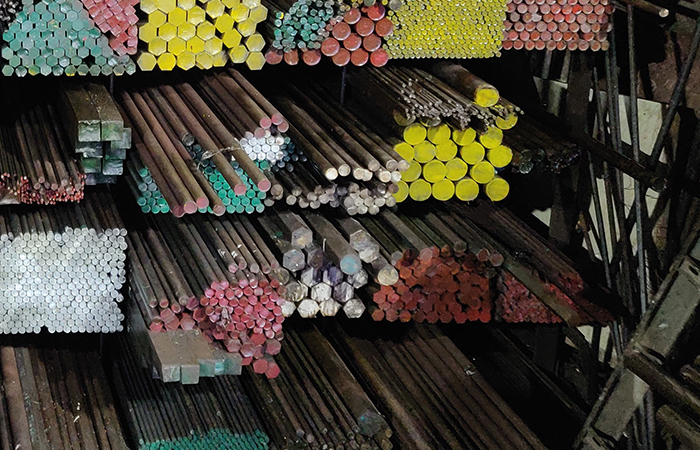
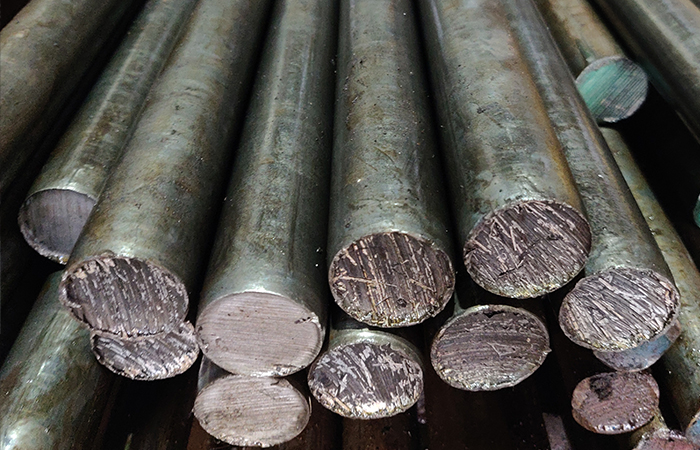
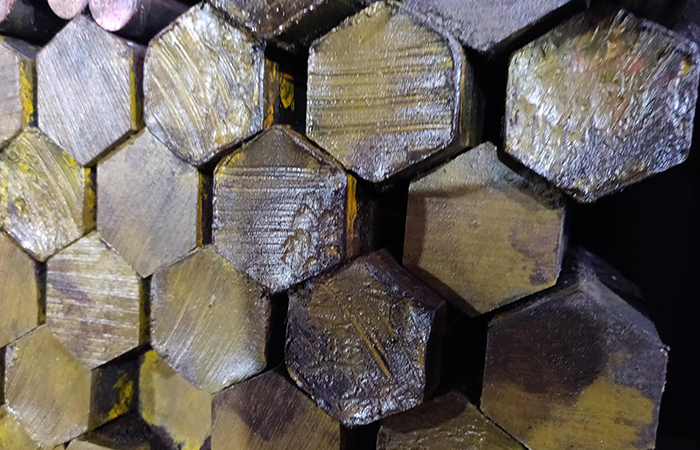
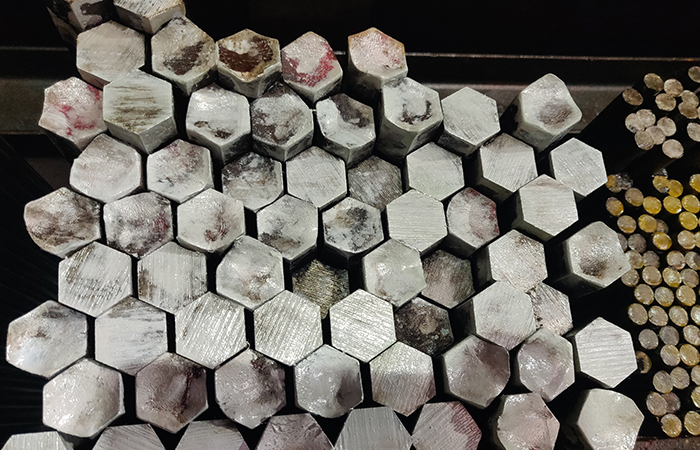
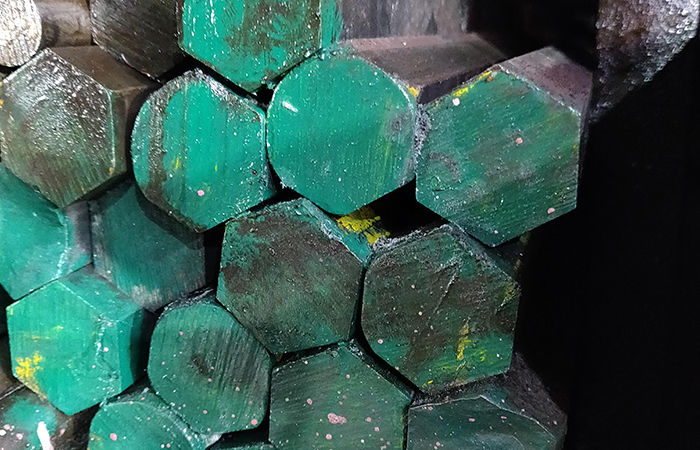
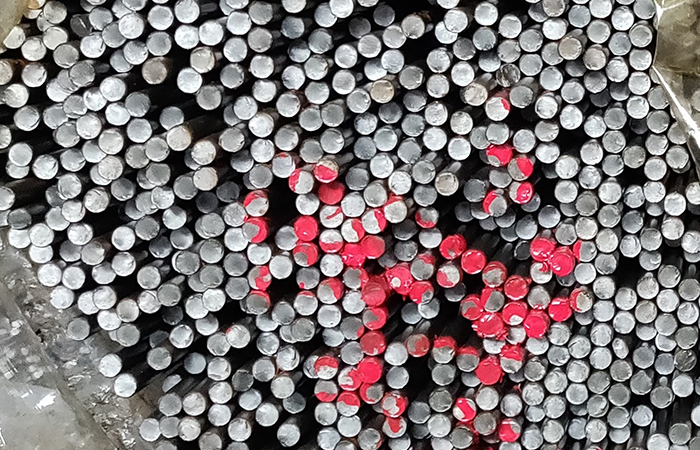
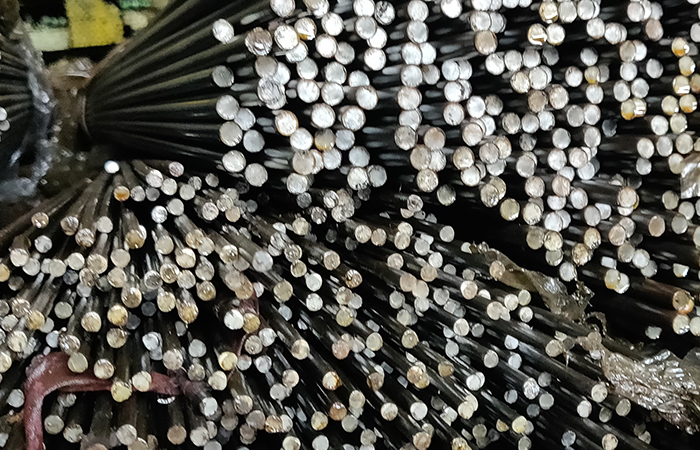
Free cutting steels are intended to achieve such quality. Free cutting steels are steels with carbon ratio ranging from 0.07% to 0.60%, sulphur ratio from 0.15% to 0.40%, and phosphorus ratio from 0.07% to 0.10%. Even though we try to decrease sulphur and phosphorus in ratio for all other grades, they are specifically added to free cutting steels since they increase machining capability. These added elements create a metallic fragility in the material and enable short fragile chips. Also, addition of sulphur and phosphorus creates a lubrication effect and increases part strength, allowing to obtain clean surfaces.
Free cutting steels can also be alloyed with lead. The added lead does not change the mechanical properties of steel but increases the lubrication characteristics.
Free cutting steels are intended to achieve such quality. Free cutting steels are steels with carbon ratio ranging from 0.07% to 0.60%, sulphur ratio from 0.15% to 0.40%, and phosphorus ratio from 0.07% to 0.10%. Even though we try to decrease sulphur and phosphorus in ratio for all other grades, they are specifically added to free cutting steels since they increase machining capability. These added elements create a metallic fragility in the material and enable short fragile chips. Also, addition of sulphur and phosphorus creates a lubrication effect and increases part strength, allowing to obtain clean surfaces.
Free cutting steels can also be alloyed with lead. The added lead does not change the mechanical properties of steel but increases the lubrication characteristics.
Free cutting steels have the following properties in both turning and free cutting lathes through which fast and batch production is performed:
+91 9820481876
022-23079961
foremostalloy@gmail.com
2/13, Pais, Street, Next to Jyoti Furniture, Byculla, Mumbai - 400011
Incorporated in the year 1982, we, Foremost Alloy Steel Co. is renowned manufacturers, trader, wholesaler, retailer, importer and exporters of a wide assortment of Stainless Steel Products, Titanium Products, Aluminium Alloys Products, Metal Products, Phosphor Bronze Products, Aluminium Bronze Product and many more.